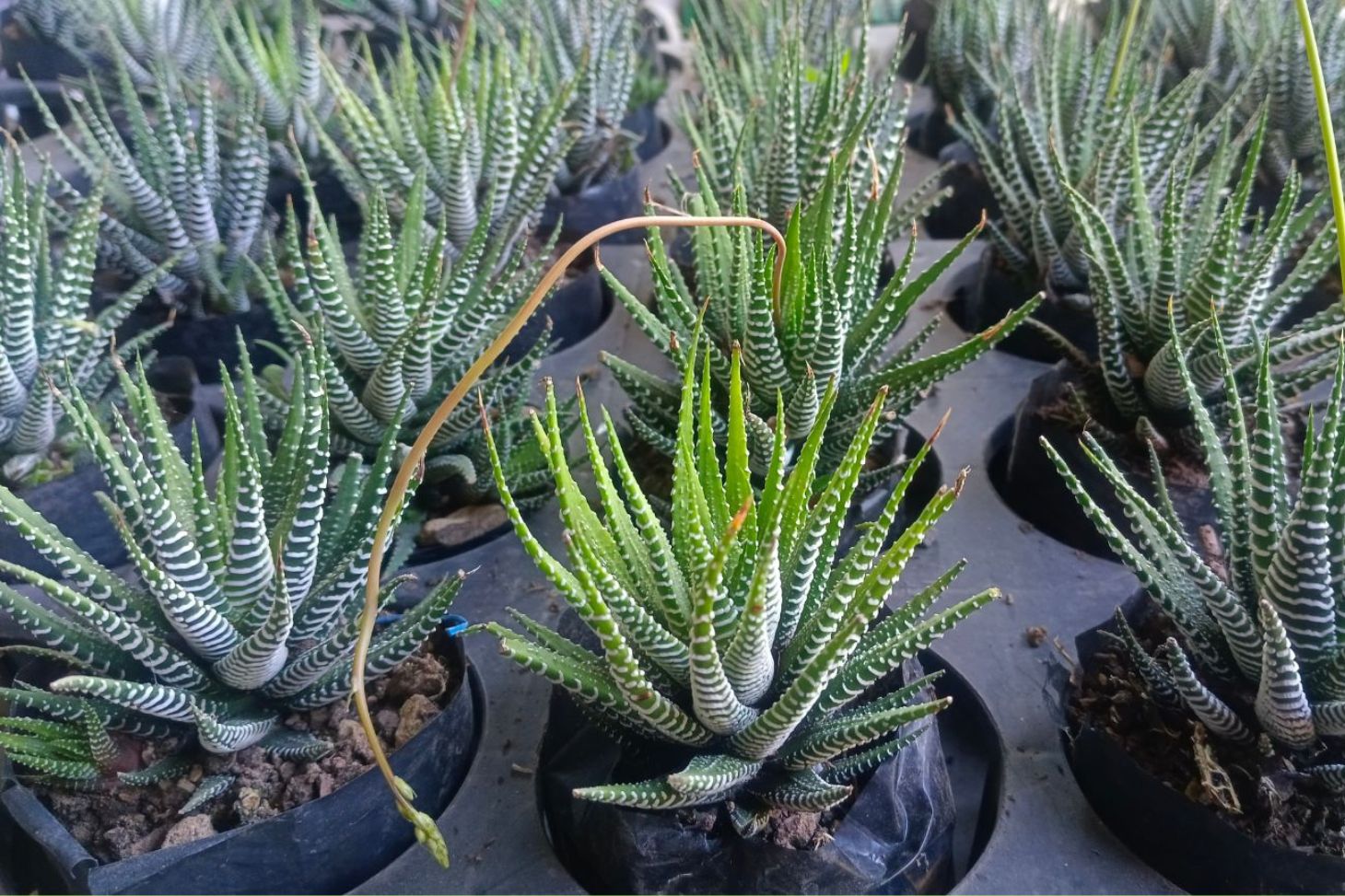Haworthia Soil Mix: The Ultimate Guide
Haworthia plants are cute little succulents that make great indoor companions. These small, spiky plants originally come from Southern Africa.
Your haworthia needs well-draining soil that holds just enough moisture without staying soggy. A mix of 50-70% inorganic materials (such as perlite or coarse sand) with 30-50% organic potting soil works well. This lets water flow through quickly so the roots don’t sit in wet dirt.
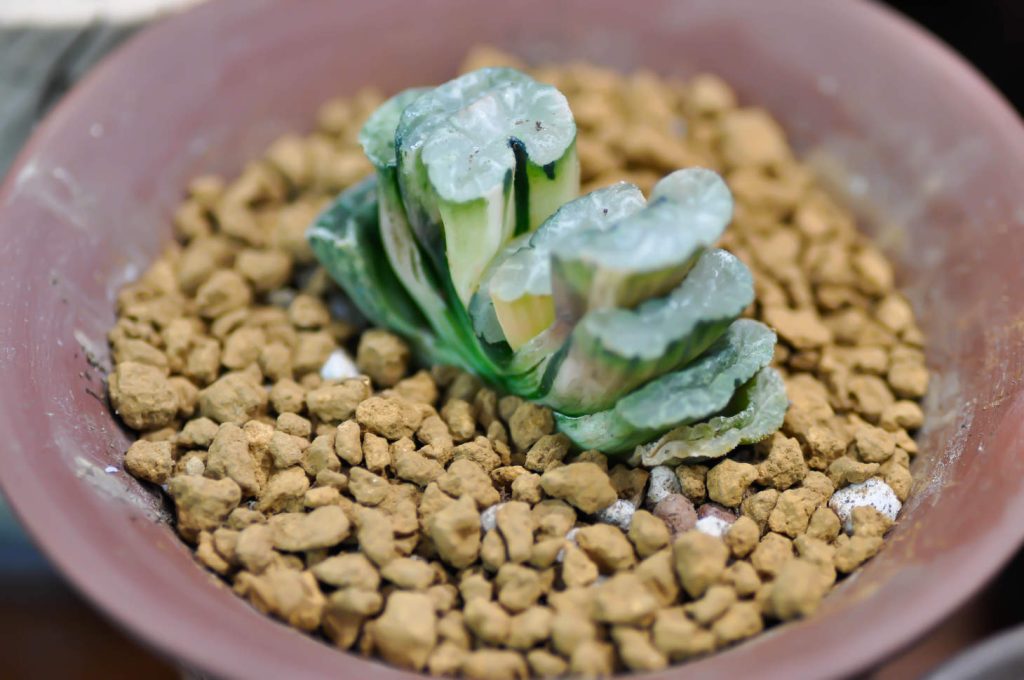
Haworthias like their soil to dry out between waterings. Using the right soil mix helps prevent root rot and other problems. With good soil and proper care, your haworthia can thrive for years as an easy-to-grow houseplant.
Understanding Haworthia Soil Requirements
Haworthia plants need special soil to grow well. The right soil helps them stay healthy and look good. Let’s look at what goes into good Haworthia soil and why it matters.
Essential Soil Components for Haworthia
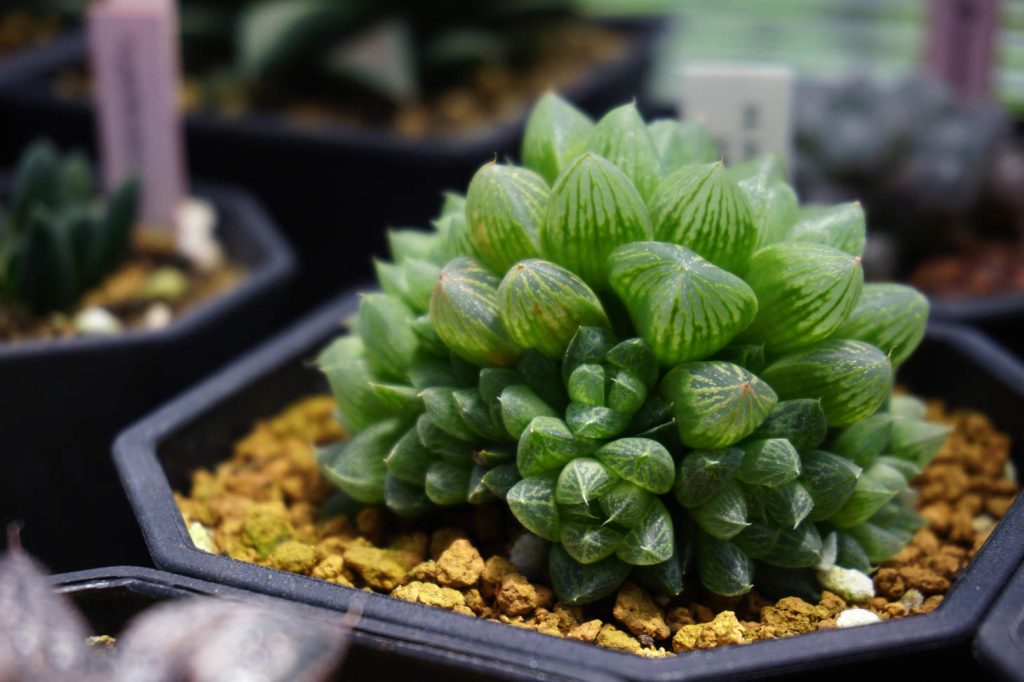
Haworthia soil should be light and quick-draining. Mix these things to make good soil:
- Cactus or succulent potting mix: Provides a good starting point due to its fast-draining nature.
- Perlite or pumice: Lightweight additions that improve soil aeration and prevent water from pooling around plant roots.
- Coarse sand: Further enhances drainage and mimics the sandy soils found in areas such as South Africa.
The soil mixture for Haworthia plants should consist of 2 parts cactus or succulent potting mix, 1 part pumice or perlite, and 1 part coarse sand to ensure proper drainage and aeration. But sourcing all those ingredients separately can be a hassle. You’ll likely end up with leftover supplies cluttering your home.
Our high-performing succulent soil is the perfect solution. It’s specially formulated for succulents like Haworthias, providing the ideal drainage, aeration, and nutrients. Skip the mess and guesswork. Choose our soil and give your Haworthia the best! Ready to buy?
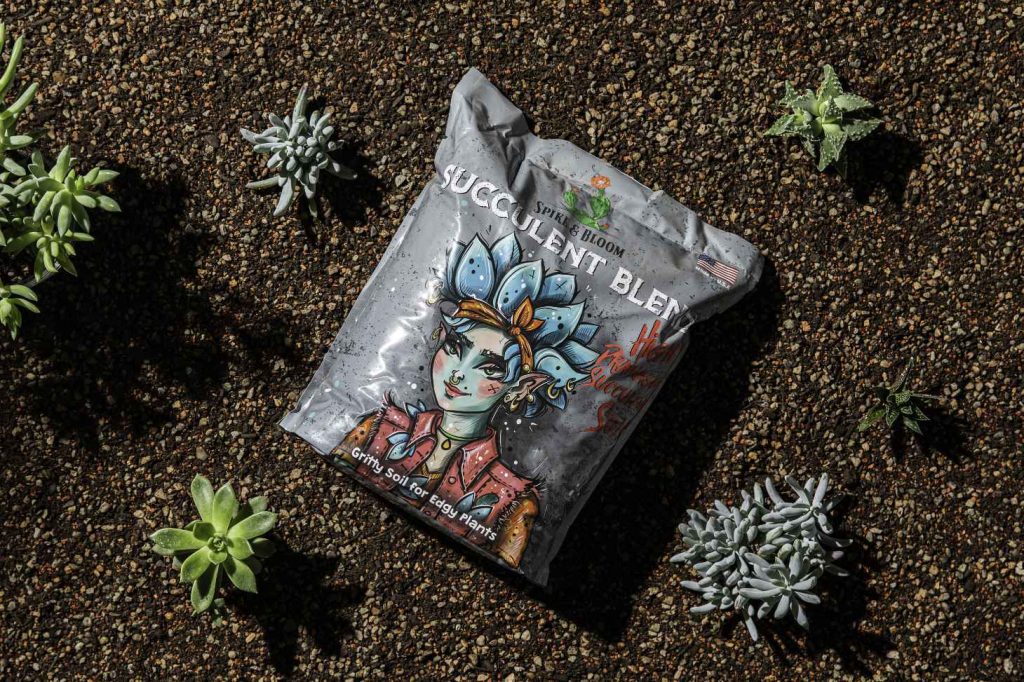
Benefits of Well-Draining Soil
Well-draining soil is key for happy Haworthias. Here’s why it’s so good:
It stops root rot. Haworthias hate wet feet. Fast-draining soil lets extra water escape quickly. This keeps roots healthy and strong.
It gives roots air. Roots need to breathe. Loose soil with bits of perlite or pumice lets air reach the roots. This helps them grow better.
It mimics nature. In the wild, Haworthias grow in rocky, sandy spots. Your soil mix should be like their natural home. This makes your plants feel comfy.
Preventing Common Soil Issues
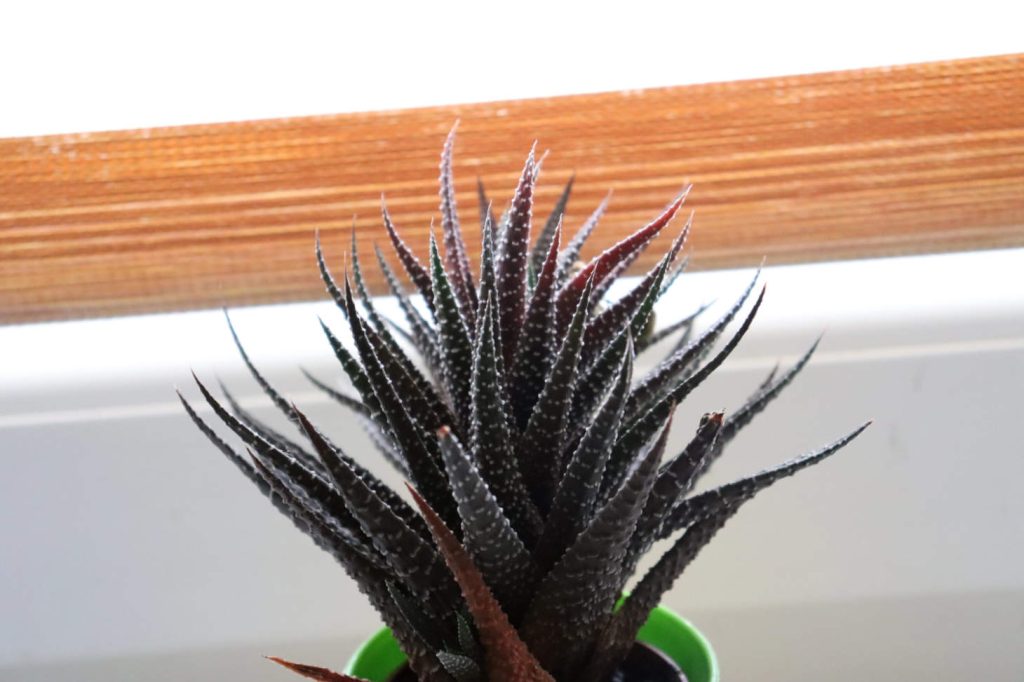
Proper soil management is key to keeping your haworthia healthy. Good drainage and the right moisture levels can stop many problems before they start.
Avoiding Root Rot Through Proper Drainage
Root rot is a major threat to haworthias. To prevent it, use a potting soil that drains well. Mix in materials like perlite or coarse sand. These help water flow through quickly.
Make sure your pot has drainage holes. This lets extra water escape. Never let your plant sit in standing water.
Check the soil before watering. Stick your finger about an inch deep. If it feels damp, wait to water. Only water when the top layer of soil is dry.
Controlling Moisture Levels to Prevent Overwatering
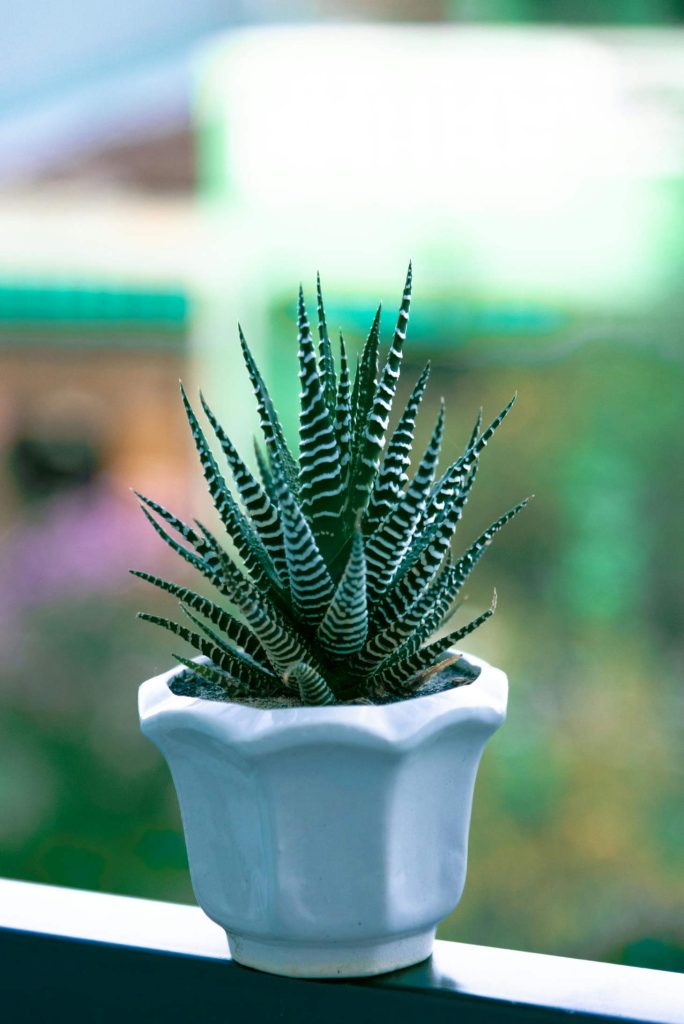
Haworthias don’t need much water. Overwatering can lead to soggy soil and unhappy plants. Water deeply but less often.
Let the soil dry out between waterings. This helps roots breathe and stops fungi from growing. In winter, water even less.
Use a moisture meter if you’re not sure when to water. It can tell you how wet the soil is deep down. This takes the guesswork out of watering.
Pick a pot that fits your plant well. Too big a pot holds too much moisture. A pot that allows for 1-2 inches of space around the root ball is safer for haworthia.
Creating the Perfect Soil Mix
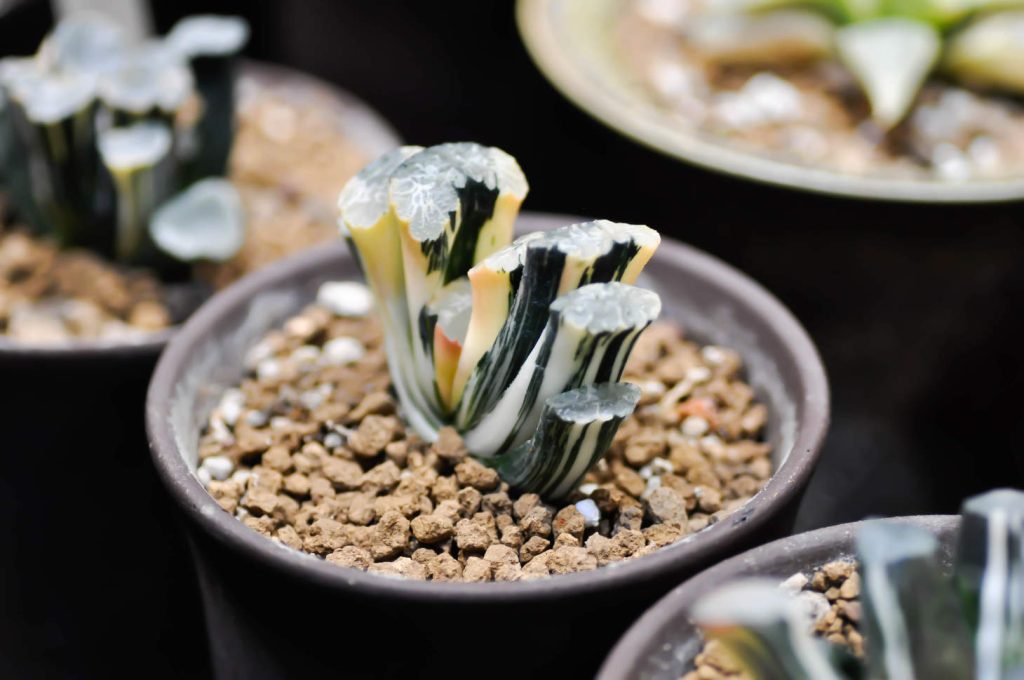
The right soil mix is key for happy haworthias. You can make custom blends to suit different species or tweak store-bought potting soil. Either way, good drainage is a must.
Tailoring Soil Mixes for Different Haworthia Species
Some haworthias like it drier, while others need a bit more moisture. For desert types, mix 2 parts cactus or succulent soil, 1 part perlite, and 1 part coarse sand. This gives great drainage. Forest haworthias require a balanced mix of coarse sand, perlite, and some coco coir for moisture retention, ensuring good drainage.
You can play with ratios to suit your plant. More coarse sand means faster draining. More coir holds moisture longer. A pinch of peat moss can help too, but don’t overdo it.
Amending Commercial Potting Soil for Haworthias
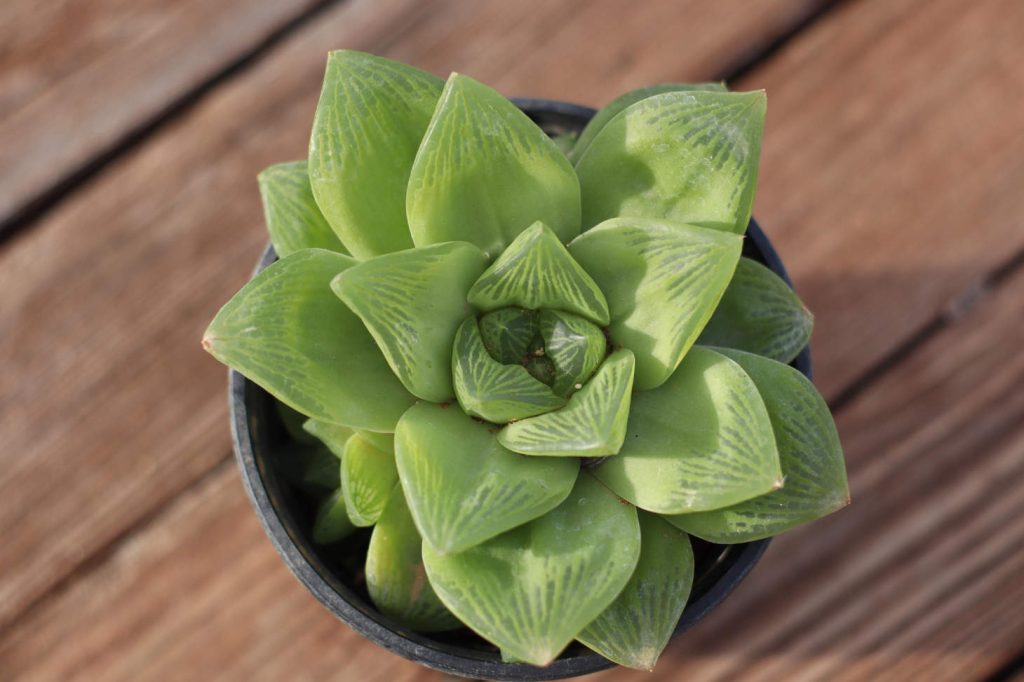
Store-bought succulent soil works, but it’s often not perfect. You can make it better! Add extra perlite or pumice for drainage. A handful per pot does wonders. Coarse sand helps too.
If the soil feels too heavy, mix in some vermiculite. It’s light and airy. For better water retention, add a bit of coco coir. Just a small amount goes a long way.
Remember, your goal is well-draining soil that doesn’t stay wet. Feel free to test different mixes to see what works best for your plants and watering habits.

